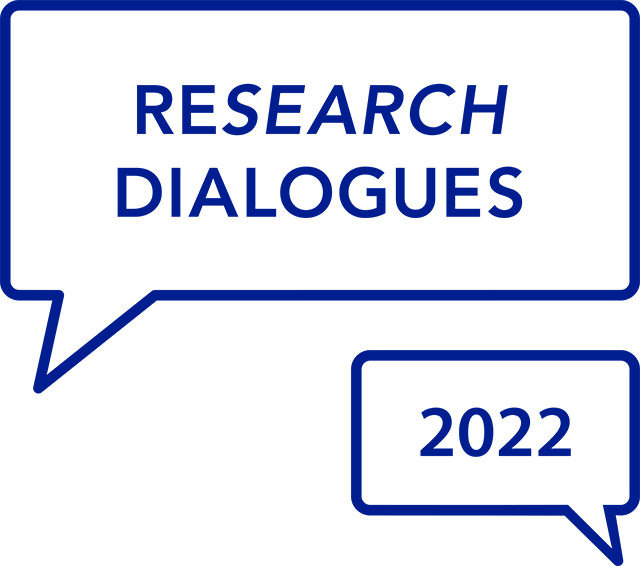Publisher
University of Tennessee at Chattanooga
Place of Publication
Chattanooga (Tenn.)
Abstract
Lipid Bilayer Membranes (LBMs) form the cellular boundaries that biologically and chemically separate the intracellular from the extracellular environment for biological cells. They also encapsulate many cellular organelles such as the Golgi Apparatus, mitochondria, and endoplasmic reticulum. With remarkably high flexibility, they form very complex and robust conformations such as in the Golgi apparatus; consequently, the mechanical dynamics and electrical characteristics of LBMs are the subjects of active research. Electrochemical Impedance Spectroscopy (EIS) is an efficient and widely used method for characterizing the dielectric properties of biological systems. Unlike dielectrophoresis, EIS is non-invasive and does not need labeling to measure the dielectric properties. In addition to that, it is based on an electrical impedance model, which can be much more accurately described, when compared to the fluid mosaic model, and the classical bilayer mechanics theory, and other models that attempted to describe the dynamics of LBMs. In this work, we investigate the recent advances in electrochemical impedance spectroscopy of biological lipid bilayer membranes, and compare the results of different works reported in literature on biological phospholipid bilayer membranes. Values of electrical resistivity's of phospholipid bilayer membranes that are reported in literature vary by as much as six orders of magnitude.
Document Type
posters
Language
English
Rights
http://rightsstatements.org/vocab/InC/1.0/
License
http://creativecommons.org/licenses/by/4.0/
Recommended Citation
Ghaffar Nia, Nafiseh and Tantawi, Khalid, "Recent Advances of Electrochemical Impedance Spectroscopy in Biological Lipid Bilayer Membranes". ReSEARCH Dialogues Conference proceedings. https://scholar.utc.edu/research-dialogues/2022/proceedings/7.
Recent Advances of Electrochemical Impedance Spectroscopy in Biological Lipid Bilayer Membranes
Lipid Bilayer Membranes (LBMs) form the cellular boundaries that biologically and chemically separate the intracellular from the extracellular environment for biological cells. They also encapsulate many cellular organelles such as the Golgi Apparatus, mitochondria, and endoplasmic reticulum. With remarkably high flexibility, they form very complex and robust conformations such as in the Golgi apparatus; consequently, the mechanical dynamics and electrical characteristics of LBMs are the subjects of active research. Electrochemical Impedance Spectroscopy (EIS) is an efficient and widely used method for characterizing the dielectric properties of biological systems. Unlike dielectrophoresis, EIS is non-invasive and does not need labeling to measure the dielectric properties. In addition to that, it is based on an electrical impedance model, which can be much more accurately described, when compared to the fluid mosaic model, and the classical bilayer mechanics theory, and other models that attempted to describe the dynamics of LBMs. In this work, we investigate the recent advances in electrochemical impedance spectroscopy of biological lipid bilayer membranes, and compare the results of different works reported in literature on biological phospholipid bilayer membranes. Values of electrical resistivity's of phospholipid bilayer membranes that are reported in literature vary by as much as six orders of magnitude.


